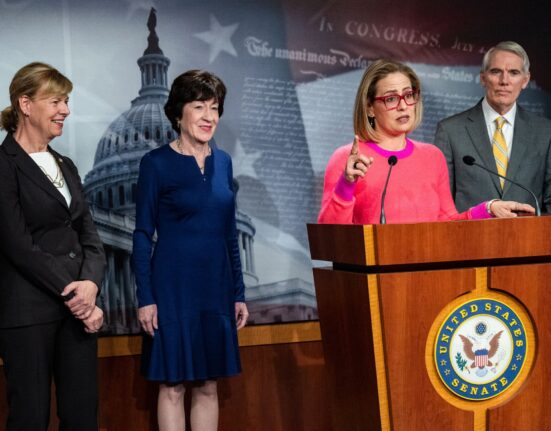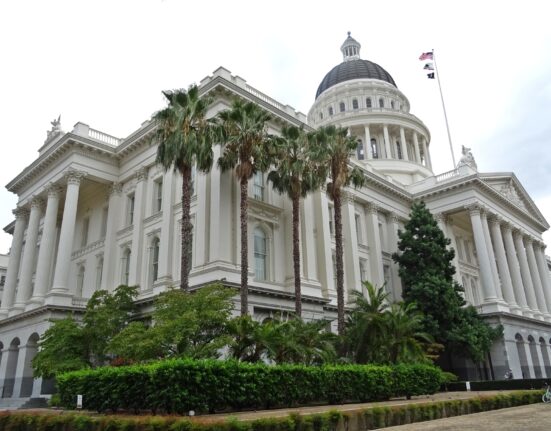As the Atlantic hurricane season looms, the National Weather Service (NWS) finds itself in uncharted waters due to severe staffing shortages. Meteorologists are sounding the alarm about the potential impacts of these gaps on public safety. The agency has been grappling with significant personnel reductions following President Trump’s cost-cutting measures, leaving it under-resourced and struggling to fulfill its critical role in predicting and monitoring natural disasters.
Forecasters are predicting an exceptionally active hurricane season this year, with NOAA anticipating above-average storm activity that could pose heightened risks to communities across the country. Despite facing a daunting workload and limited resources, NWS employees remain dedicated to their mission of safeguarding lives and property. However, unprecedented staff shortages have placed them in unfamiliar territory, raising concerns about their ability to maintain essential services during peak storm periods.
Bill Read, a retired Weather Service meteorologist and former director of the Hurricane Center, emphasized the challenges posed by the current staffing crisis:
“It’s uncharted territory…trying to maintain the level of service that they’ve gotten used to giving, and that the public has gotten used to getting.”
The agency is exploring innovative strategies to cope with personnel deficits while ensuring continuity in delivering life-saving forecasts and warnings.
The impact of these workforce reductions is already being felt in various regional forecast offices, where critical positions remain unfilled. From Kentucky to California and Alaska, understaffed offices are struggling to cope with daily operations as they brace for potentially catastrophic weather events. The lack of operational meteorologists at key locations raises concerns about response capabilities during emergencies like hurricanes or severe storms.
The situation is further exacerbated by budgetary constraints that threaten essential weather research programs and data collection efforts crucial for accurate forecasting. Meteorologists fear that ongoing funding cuts could hamper future preparedness initiatives and hinder advancements in storm prediction technologies. The suspension of weather balloon launches at several forecast offices underscores the immediate consequences of resource limitations on real-time data gathering.
Alan Sealls, a seasoned meteorologist renowned for his expertise in hurricane tracking, highlighted the strain on NWS employees amid escalating workloads:
“When you have cuts and layoffs…everyone who’s left is working harder with fewer people resources.”
As hurricane season approaches, concerns mount over potential fatigue among staff members tasked with managing multiple crises simultaneously without adequate support.
House Democrats have called for urgent action to address staffing challenges at NWS and ensure public safety remains a top priority. Rep. Zoe Lofgren criticized the administration’s handling of workforce reductions within critical agencies like NWS, warning that such actions could jeopardize disaster preparedness efforts nationwide. Despite mounting pressure from lawmakers and experts, questions linger regarding the government’s commitment to addressing these pressing issues before disaster strikes.
In conclusion, as NWS navigates uncharted territory amidst turbulent times marked by staff shortages and budget cuts, its resilience will be put to the test during one of the most challenging hurricane seasons in recent memory. The fate of countless communities hangs in the balance as meteorologists strive to uphold their lifesaving mission against all odds.









Leave feedback about this